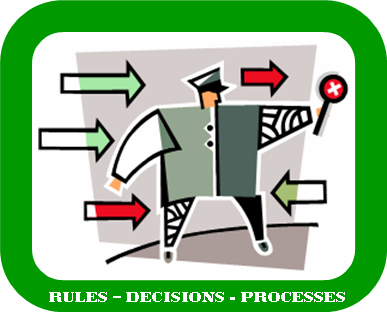Many of us have heard the idea that “everybody sells”. In today’s competitive environment this notion is more polished and is more apt to be expressed as the development of brand ambassadors. While there is a formal definition that revolves around proactive use of a celebrity to help market products and services, there is also a significant awareness and movement to make everybody within a company more of a brand ambassador.
Performance-minded companies are recognizing that employees are the big obvious source of brand ambassadors, and are implementing programs to nurture them. And of course this leads to consideration for the relevant characteristics of the people that are hired into the company. A most simple and direct way of analyzing peoples’ aptitude for becoming brand ambassadors is to assess them in terms of motivation, relationships, and work style. These personal characteristics can indicate whether the candidates appreciate the idea and whether they would support it. This is important to cultivate because in turn, brand ambassadors help provide a company path to optimization, customer engagement, and employee engagement.
Motivation is the desire or driving force to do things. Is there alignment between the values of the individual and those of the company? Is there a strong enough response or stance to suggest that the person will have the will to do things that support the stakeholders? From motivation there should be a discernible link to pride.
Relationships are derived from social actions and social behaviors that give meaning. These actions/behaviors are directed toward the society or social structure your business represents. Does the person get off on the right foot with people and suggest an ability to maintain meaningful dialogue? From relationships there should be a discernible link to lasting impressions.
Work style is determined by what a person can do, what he/she prefers to do, and how it gets done. Is the person overtly collaborative, or does she/he work better alone? How might the person handle tradeoffs of quality and time? From work style there should be a discernible link to perfectionism.



